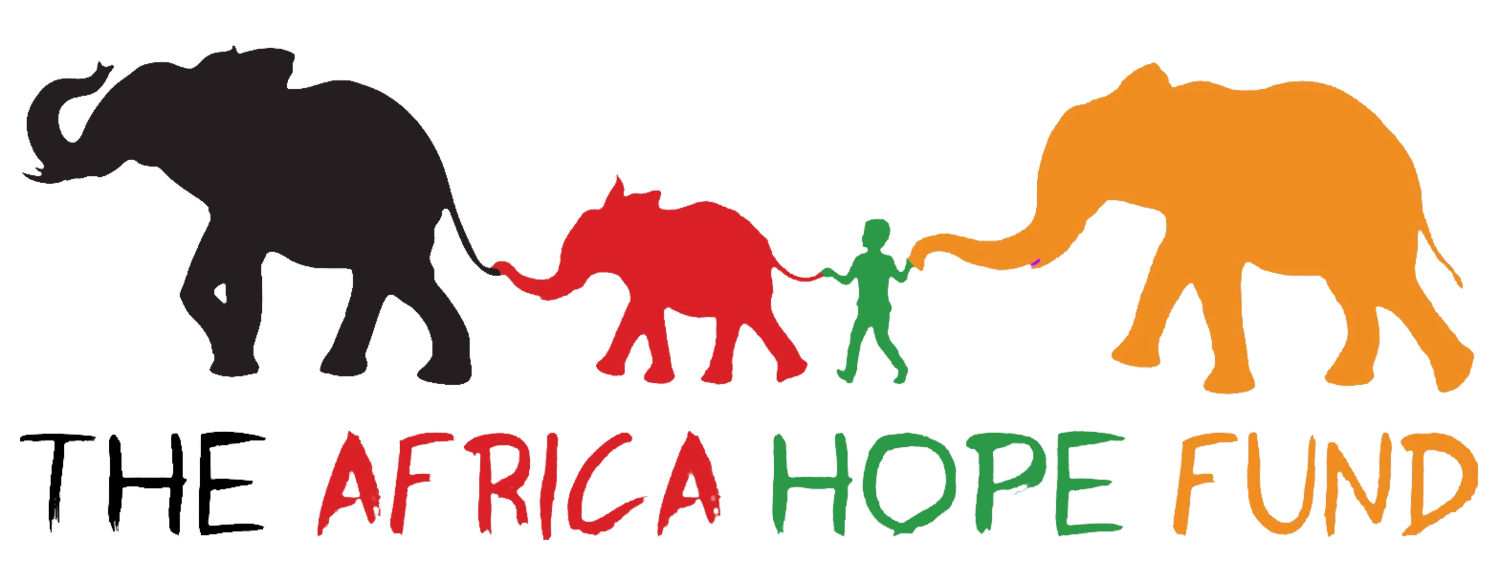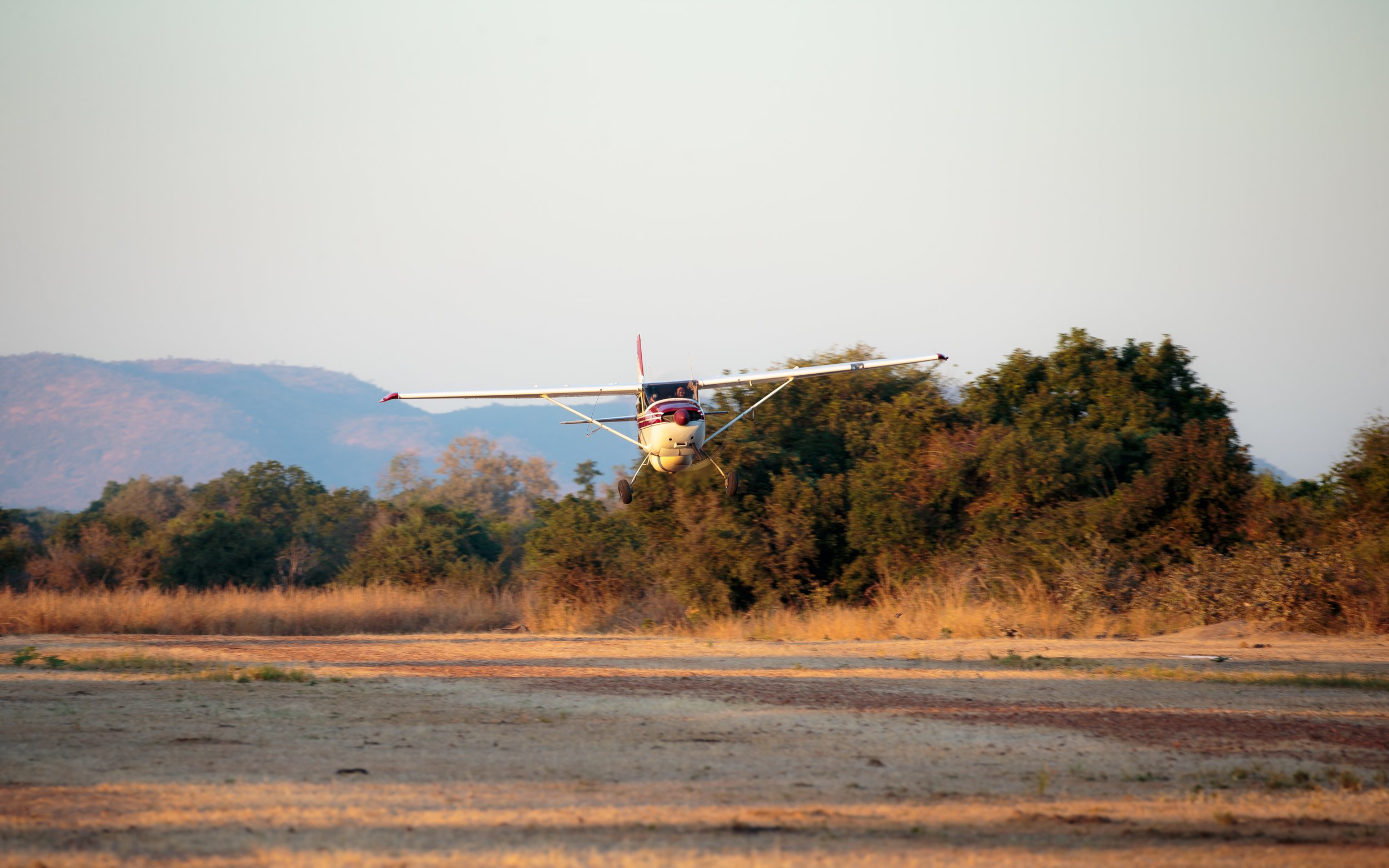A View from Above: How Aerial Surveillance is Protecting Wildlife in Zambia
Africa Hope Fund recently sat down with Gareth Broekhuizen, an aircraft pilot who recently joined the team at Conservation South Luangwa. In this Q&A Gareth shares how his work helps prevent wildlife poaching in Zambia and what makes his role so unique and special.
For more information or to support anti-poaching efforts, please click here or visit CSL’s website.
Q: Tell us a bit about your role with Conservation South Luangwa and how you got there.
A: My primary role at CSL is to manage and fly the aerial surveillance and anti-poaching aircraft. This is done in conjunction with the Department of National Parks and Wildlife; every flight has a DNPW officer on board.
As trained a commercial pilot, I spent 10 years flying around southern and east Africa. I was privileged to experience many of the region's natural wonders, but also became aware of the challenges that nature faced. It was time for a change and so I started getting involved in the field of conservation. After studying part time whilst working for a community forest project in Luangwa and previously having guided and flown in Luangwa and Zambia as a whole, I was fortunate to get this position with CSL.
Q: What is a day-in-the-life like?
A: My team, which consists of a DNPW officer and a CSL scout, and I are up and pre-flighting the aircraft in the pre-sunrise dawn most mornings. We try to get airborne for the sunrise in order to make the most of clear, cool and smooth conditions for our surveillance flights. Once we’re back, we tend to the aircraft – refueling it and doing basic checks and maintenance, downloading flight data and entering it into a central Law Enforcement data collection system. There are then inevitably other tasks and as I am still only in my second month with CSL, I am still growing into my role and getting started with the conservation technology portfolio. We remain on standby should there be a need for the aircraft later in the day.
Q: Can you explain how your work as a pilot is helping to prevent wildlife poaching?
A: Having an aircraft in the air over the South Luangwa National Park allows for increased management capacity of the park. It dramatically increases our surveillance ability and gives us a more holistic picture of the situation. It makes it possible to detect and monitor situations early on, and then assess them once they’ve passed. An aircraft is also a deterrent to people planning and carrying out illegal activities as they know we have enhanced capabilities.
In essence, we can detect people entering and exiting the park, what routes they are using and where they are camping as well as if they have carried out any illegal activity. At any time during the process, we are able to communicate either live or after landing to the control room, which then uses available resources to react to the situation. If still in the air, the aircraft can assist with the follow-up operation, sometimes even guiding a patrol team onto a poachers' camp. These are just a few of many ways in which an aircraft aids in the management of a protected area.
Q: Do you have any examples of how you've stopped poaching or saved animals?
A: Having only been here for a month, it is still early but I believe my team and I have picked up from where the last pilot left off, spotting a number of people illegally in the park as well as an active poachers’ camp with meat on drying racks. The camp was disturbed, and when patrols reached the scene, the poachers had fled and left a good portion of the meat behind. Unfortunately they were not apprehended, but we suspect they left the park.
Q: What are some of the things you see out there when you're flying?
A: Being February, we are in the midst of the rainy season, called the “Emerald Season” in the Luangwa valley for the beautiful green color of the vegetation. We get to see nature taking its course in one of the most beautiful valleys with an unaltered and naturally flowing river from source to outlet into the Zambezi, all from the air.
We see the seasonal sand rivers flowing for only hours after major downpours and then drying up again. We get to see the meandering Luangwa eating away at river banks and creating new channels. We see completely inaccessible colonies of storks, ibises, herons and other birds deep in the middle of seasonally flooded lagoons. I’ve seen hippos that are normally river-bound walking miles and grazing undisturbed across the lush landscape, and elephant herds enjoying the new green grasses of the lagoons. There are also mushrooms so big that they are visible from the air!
Then there are the hippo carcasses, remains of elephants that have succumb to poachers and natural deaths alike, old drying racks and poachers' routes, all of which remind of why we are here and what our role is.
Q: What is the biggest challenge in your role?
A: I find it is difficult to engage people about the challenges that the natural world faces and how we are all contributing to its demise. Most of us don’t realize that the decisions we make on a daily basis are having an effect, big and small. Issues such as overpopulation are almost taboo and are going to need a collective effort in order to overcome. It is difficult as people are a part of the natural world; we are the problem but we are also potentially the solution.
Q: What is the most rewarding thing about your role?
A: The most rewarding part of my role is being surrounded by people who believe in and are passionate about what they are doing. Without people such as those who are a part of the CSL team, there would be very little hope for the natural world. It inspires me every day to be part of this team.


